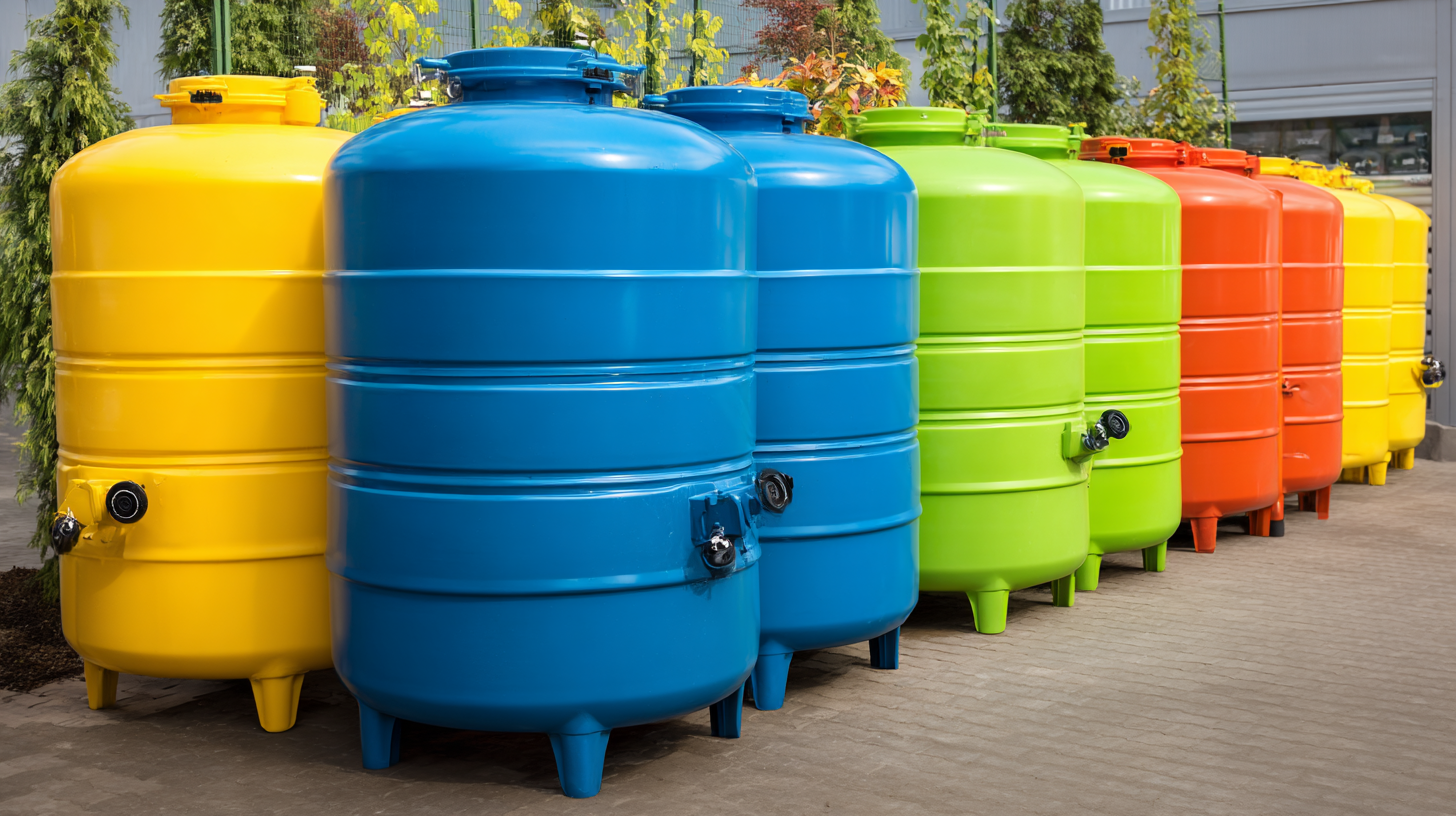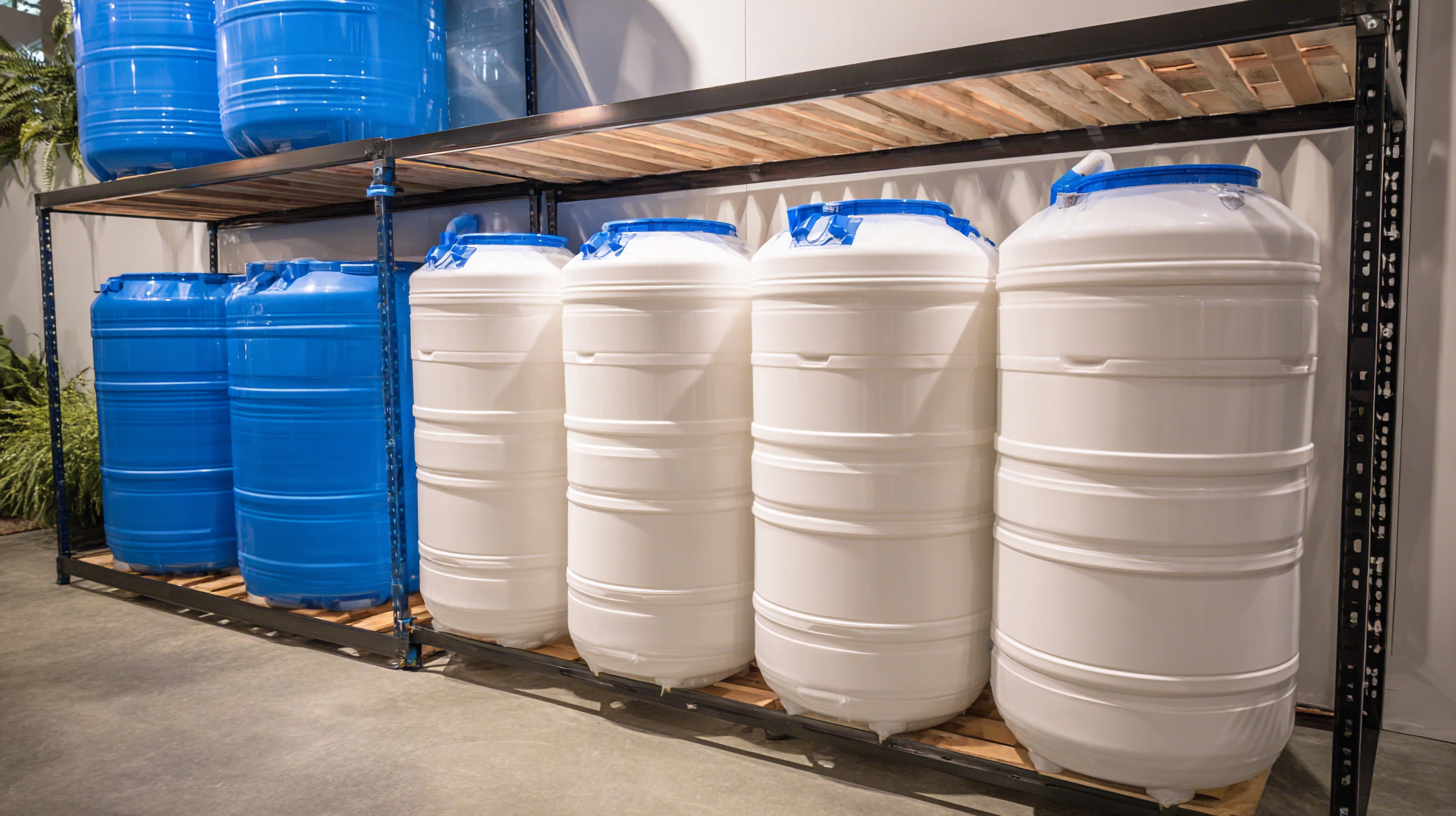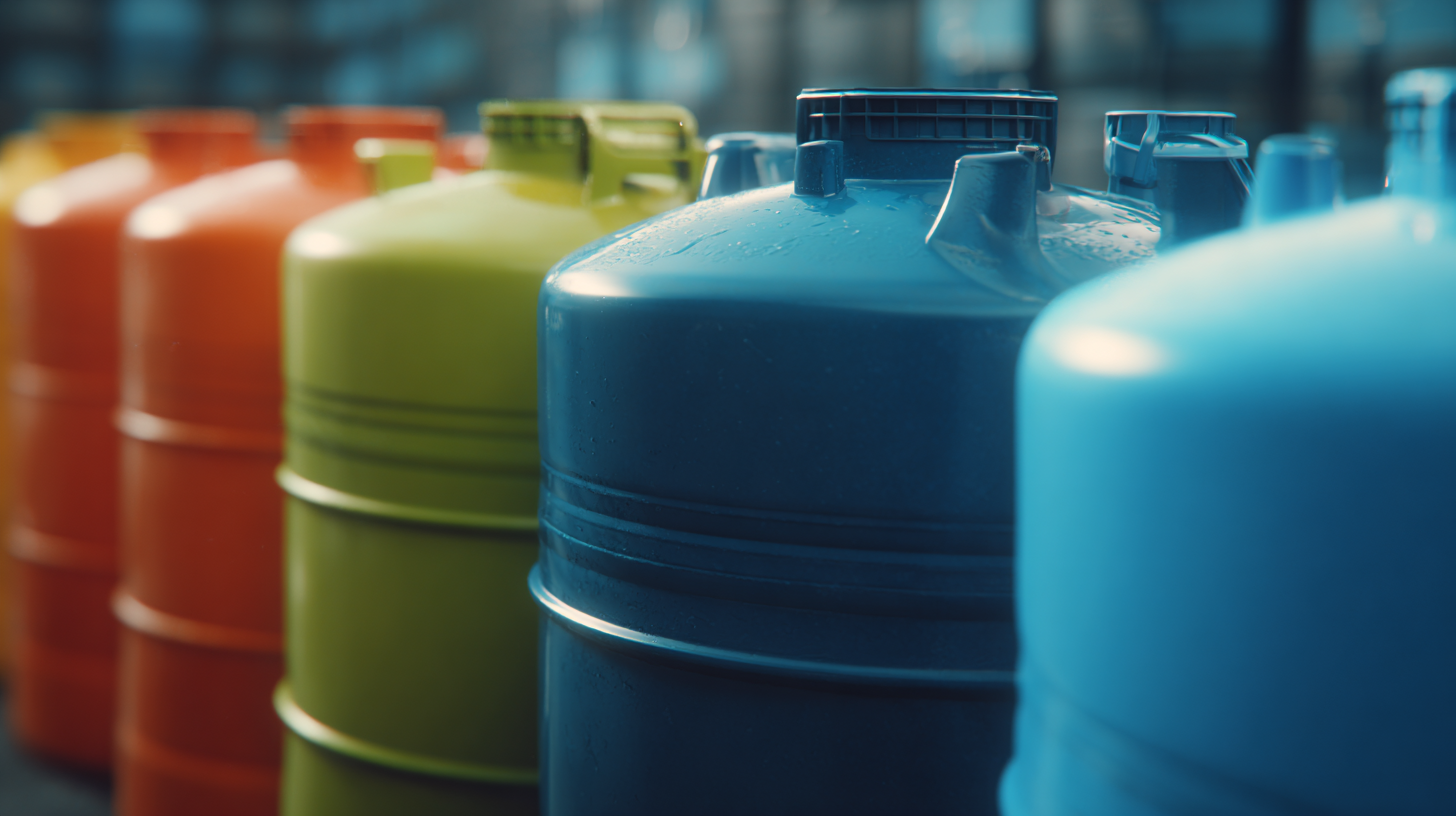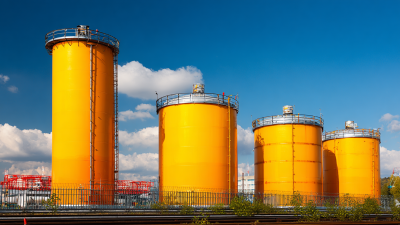When it comes to ensuring a reliable supply of water, choosing the right plastic water storage tanks is crucial for both residential and commercial applications. With a variety of options available on the market, selecting the most suitable tank can seem daunting. Factors such as size, material quality, and intended use play a significant role in making this decision. Moreover, understanding the specific needs of your situation, whether for emergency preparedness or everyday use, is essential.

In this guide, we will explore seven essential tips that will help you navigate the complexities of purchasing plastic water storage tanks, ensuring you invest wisely in a solution that meets your water storage requirements efficiently and effectively. By following these guidelines, you can protect your water supply and make an informed choice that will benefit you for years to come.
When selecting the right plastic water storage tank, it's crucial to understand the different types available to meet your specific needs. There are several categories of plastic tanks, including vertical tanks, horizontal tanks, and collapsible tanks. Vertical tanks are ideal for areas with limited space, providing a high storage capacity without requiring a large footprint. On the other hand, horizontal tanks are better suited for larger volumes and can be placed on a stable surface, making them easier to access and maintain.
Additionally, polyethylene and polypropylene are the two primary materials used in constructing plastic water tanks. Polyethylene tanks are lightweight, UV-resistant, and designed for safe water storage, making them suitable for residential use. In contrast, polypropylene tanks are more robust and capable of withstanding higher temperatures, making them suitable for industrial applications. Understanding these distinctions will help you choose the right tank that aligns with your storage requirements and environmental conditions, ensuring safe and efficient water management for your needs.
This chart illustrates the capacity differences among various types of plastic water storage tanks commonly used for residential and commercial purposes. The data reflects average capacities based on typical tank sizes.
When selecting plastic water storage tanks, several critical factors come into play. First and foremost, you should consider the capacity that aligns with your specific needs. Assessing daily water consumption and potential usage variations will help ensure that the tank is neither too small nor excessively large for your requirements. Another important aspect to consider is the tank's material quality. Look for food-grade polyethylene tanks, which not only guarantee safety for drinking water but also offer durability against environmental elements.
Additionally, the tank's design and configuration are vital in ensuring easy installation and maintenance. Think about where the tank will be placed—whether above ground or underground—and choose a model that suits that environment. Moreover, pay attention to the wall thickness of the tank, as thicker walls typically provide better insulation and resistance to damage. Lastly, consider warranties and the manufacturer's reputation; a good warranty can provide peace of mind concerning longevity and performance, reflecting the manufacturer's confidence in their product.

Plastic water storage tanks are versatile solutions widely used in various applications across different sectors. One of the most common uses is in agricultural settings, where these tanks play a crucial role in irrigation systems. Farmers rely on plastic tanks to store large volumes of water that can be distributed to crops during dry spells, ensuring consistent growth and productivity. Additionally, they are often employed in fertilizers and pesticide mixing, allowing for safe and efficient management of essential resources.
In residential settings, plastic water storage tanks are valuable for rainwater harvesting. Homeowners can collect and store rainwater for irrigation, car washing, or even household use. This practice not only helps in conserving water but also reduces utility costs. Moreover, industries utilize plastic tanks for various processes, including chemical storage, waste management, and potable water supply, due to their durability and resistance to corrosion. In all these applications, selecting the right tank size and material is critical to meet specific requirements and ensure operational efficiency.
| Tip | Description | Common Applications | Capacity Range (Gallons) |
|---|---|---|---|
| 1. Determine Your Needs | Assess how much water you need to store and for what purpose. | Residential, Agricultural | 50 - 10,000 |
| 2. Consider Material Quality | Choose high-density polyethylene (HDPE) for durability. | Industrial, Chemical Storage | 100 - 5,000 |
| 3. Evaluate Location | Select a location that can support the tank’s size and weight. | Municipal Water Supply, Irrigation | 250 - 15,000 |
| 4. Check Local Regulations | Ensure compliance with local water storage regulations. | Emergency Water Supply | 200 - 20,000 |
| 5. Look for UV Protection | Select tanks with UV inhibitors to prevent algae growth. | Swimming Pools, Aquaculture | 500 - 12,000 |
| 6. Assess Accessibility | Ensure the tank can be easily accessed for maintenance. | Fire Protection, Commercial | 1,000 - 25,000 |
| 7. Consider the Cost | Factor in purchase, installation, and maintenance costs. | Residential, Bulk Water Supply | 50 - 30,000 |
When selecting durable plastic water storage tanks, it is crucial to consider several key features that directly impact their longevity and functionality. First, look for tanks made from high-density polyethylene (HDPE), as this material is known for its resistance to UV rays, chemicals, and extreme weather conditions. Additionally, ensure that the tank is food-grade certified, which guarantees that it won't leach harmful substances into the stored water, making it safe for drinking or irrigation.
Another important factor is the tank's design and capacity. Choose a tank that fits your specific needs, whether for residential use or larger agricultural purposes. Pay attention to wall thickness and overall construction; thicker walls typically indicate a more robust tank that can withstand pressure and environmental stresses. Also, consider the tank's lid and fittings; a secure, sealed lid can prevent contamination and evaporation, while quality fittings facilitate easy installation and maintenance. These features collectively ensure that you’re investing in a reliable water storage solution that will stand the test of time.
When it comes to prolonging the lifespan of your plastic water storage tanks, proper maintenance and care are essential. Keeping your tank clean and well-maintained can prevent costly repairs and ensure safe water storage. One of the critical tips is to regularly inspect the tank for cracks or leaks. Any signs of damage should be addressed immediately to avoid further deterioration.

Another important aspect of maintenance is to keep the tank clean. It's advisable to periodically drain and scrub the tank with a non-toxic cleaner to remove any buildup of algae or sediment. Additionally, consider using a UV protection cover to shield the tank from sunlight, which can degrade the plastic over time. Furthermore, monitoring the water quality by testing for contaminants will help you maintain a safe supply. Implementing these tips will not only enhance the lifespan of your tank but also ensure you have access to clean water when needed.






